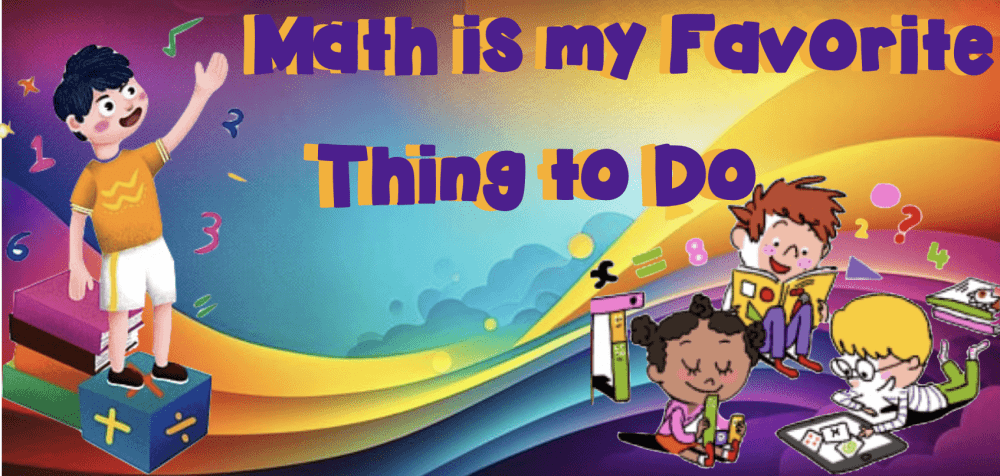Important Dates:
Monday, Feb. 27 – PTO meeting at 6pm
Wednesday, March 1 – PTO paint party
Friday, March 3 – End of 3rd nine weeks
Math Learning Goals:
3.6A – (R)- Classify and sort two- and three-dimensional figures, including cones, cylinders, spheres, triangular and rectangular prisms, and cubes, based on attributes using formal geometric language
3.6B – (S)- Use attributes to recognize rhombuses, parallelograms, trapezoids, rectangles, and squares as examples of quadrilaterals and draw examples of quadrilaterals that do not belong to any of these subcategories
Math Homework
Math homework is passed out on Friday and due the following Thursday.
Science Learning Goals:
3.8B – Describe and illustrate the Sun as a star composed of gases that provides light and thermal energy.
3.8C – Construct models that demonstrate the Sun, Earth and moon including orbits and positions.
3.8D – Identify the planets in Earth solar system and their position in relation to the Sun.
3.9A – observe and describe the physical characteristics of environments and how they support populations and communities of plants and animals within an ecosystem;
3.9C – describe environmental changes such as floods and droughts where some organisms thrive and others perish or move to new locations.
